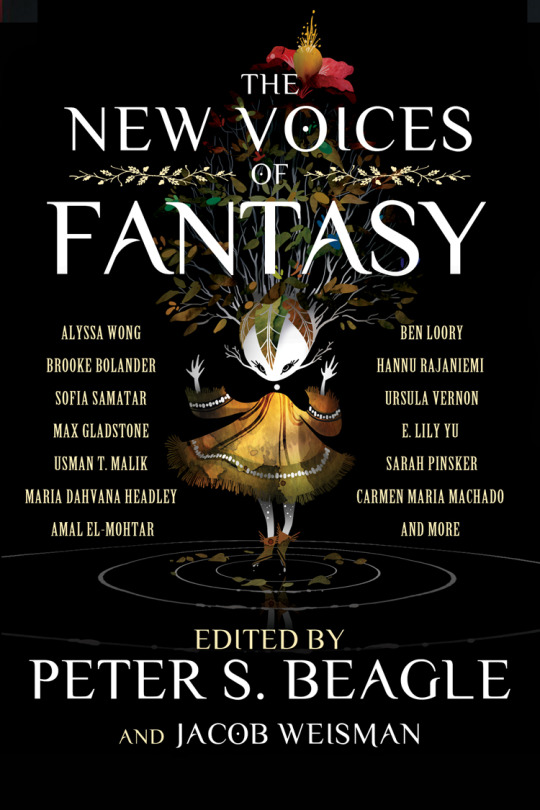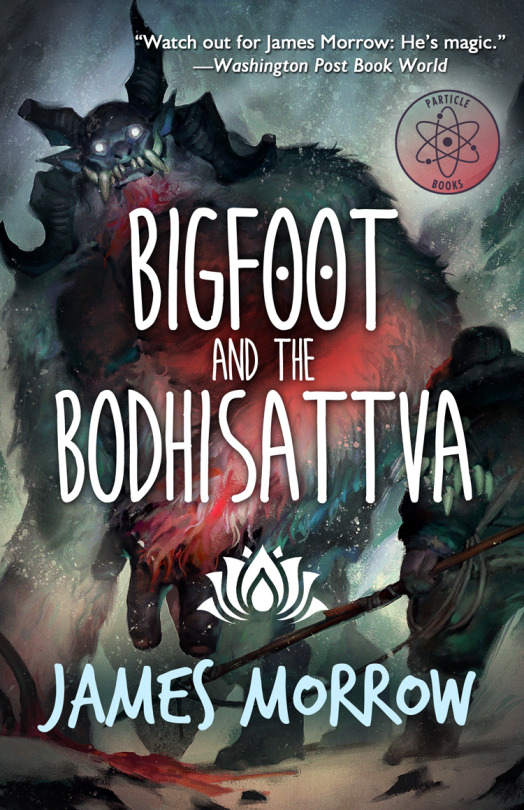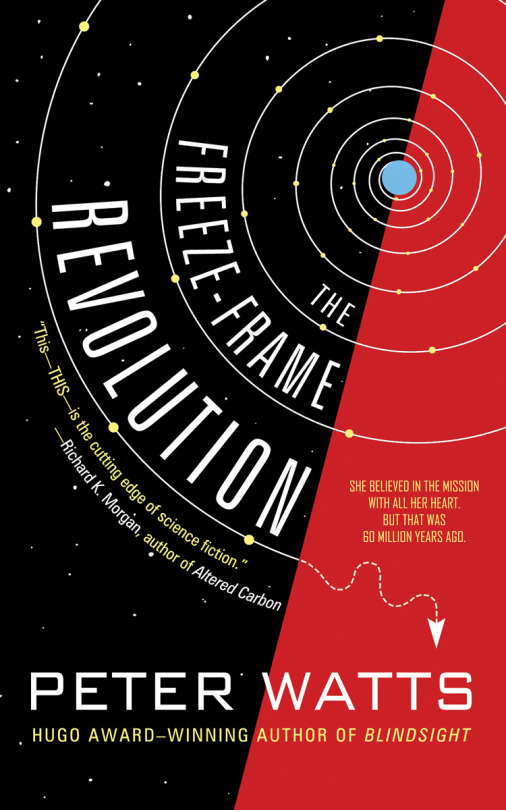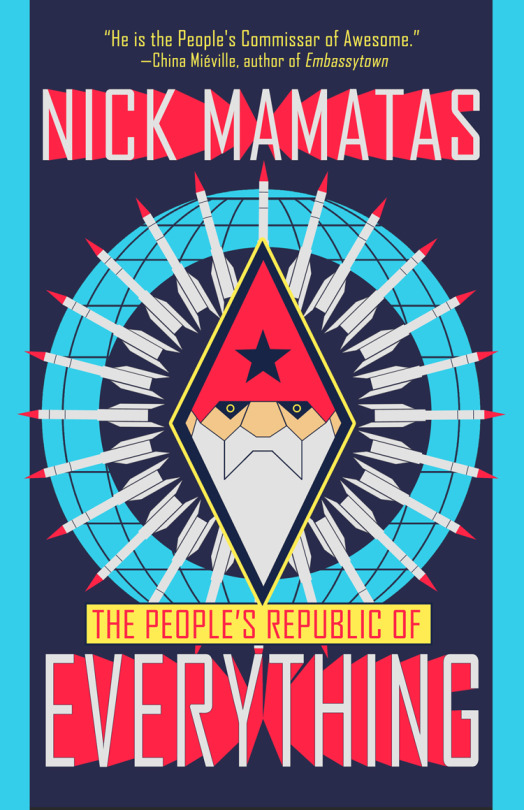Tachyon tidbits featuring Peter S. Beagle, Jacob Weisman, James Morrow, Peter Watts, and Nick Mamatas
The latest reviews and mentions of Tachyon titles and authors from around the web.

Jacob Weisman & Peter S. Beagle (photo: Jill Roberts), James Morrow, Peter Watts, and Nick Mamatas
For STRANGE HORIZONS, Matt Hilliard praises Peter S. Beagle and Jacob Weisman’s THE NEW VOICES IN FANTASY.
Of course, the first question to ask of any anthology is: are there some great stories in it? The answer is yes!
For example, I hadn’t read any short fiction from Ursula Vernon before, though, based on her Hugo Award-winning graphic novel Digger—an epic fantasy that manages to be whimsical, humorous, and philosophical—my expectations were high. Her story here, “Jackalope Wives,” takes some familiar themes (it’s essentially a selkie story, one of several in this collection), but manages to pack an outsized emotional heft into its fairly short length. Its storytelling voice gives the text the air of something that is drawn from deeply-rooted folklore, so it’s interesting to note that the existence of “jackalopes” seem to be a recent and rather silly tall tale, made up by a guy in Wyoming in the 1930s and never taken seriously by anyone. I’m not sure Vernon was thinking about cultural appropriation when she made this choice, but regardless it’s an interesting solution to the otherwise thorny issues which surround incorporating myth into modern stories. Instead of taking, say, an authentic Native American tradition and possibly being seen as cheapening it, Vernon has taken a piece of inauthentic kitsch and given it more gravitas. But more important than all that is the fact the story is wonderfully told and fairly unique in choosing an old grandmother as its protagonist.
Carmen Maria Mochado’s “The Husband Stitch” isn’t quite a selkie story, but it’s close, and she gives it a horrific twist that makes it the collection’s most memorable story. The narrator recounts a long life with a single fantastic element, a mysterious ribbon around the narrator’s neck, but which is otherwise filled with mostly normal things: falling in love, getting married, having children, then returning to an empty nest. Yet this biography is imparted in a way that turns a normal life into something both banal and suffocating. Carefully selected details depict the narrator’s life as being completely defined by the desires of her husband. Only the ribbon is her own, yet he wants to possess that as well. Throughout, the narrator freely makes her own choices, yet the story suggests she’s completely trapped by her circumstances.

Had you asked me before reading this collection, I might have said that the distinction between fantastic mainstream works and genre fantasy is that, for mainstream fiction, the fantastic is simply a means to explore a particular theme or idea. Genre fantasy, on the other hand, can be thought of as truly positing a different sort of world and persuading the reader to believe in it for the duration of the story. I think this is still a useful distinction, but it comes close to defining nearly all the stories in this collection as mainstream, so something is amiss. I’ll come back to this in a moment, but for now I’ll observe that two mainstream authors in this collection include some fantastic elements, but the stories feel different because they are not working in any sort of recognizable fantastic tradition. The duck in love with the rock presupposes no reader knowledge, no great dialogue, except a little bit about ducks and human nature. “The Philosophers” likewise connects with Borges and HG Wells but not genre fantasy or older folklore.
In contrast, nearly every other story in the collection is somehow building upon some fantastic tradition or other, more or less directly. Max Gladstone’s “A Kiss With Teeth” is a vampire story, Hannu Rajaniemi’s “The Haunting of Apollo A7LB” is a ghost story that feels like fantasy despite involving the space program, and Sofia Samatar’s “Selkie Stories are For Losers” is, despite its title, a selkie story. “Jackalope Wives” and “Cartographer Wasps” don’t build on any real traditions that I’m aware of, but they are told in the sort of folklore voice often used in traditional fairy tales, and so evoke these traditions for most readers.
MYLIFEMYBOOKSMYESCAPE interviews James Morrow about BIGFOOT AND THE BODHISATTVA.
DJ: What is “Bigfoot and the Bodhisattva” about?
JM: The plot turns on the angst of the Abominable Snowman, Taktra Kunga, denizen of the Himalayas, who feels compelled to devour the cerebrums of doomed yuppie mountain climbers. In a quest to enlarge his soul, my yeti apprentices himself to the Fifteenth Dalai Lama, His Holiness, Chögi Gyatso, who promises to teach him about Tibetan Buddhism. Taktra reciprocates by protecting Chögi from the predations of the Chinese, who for generations have sought to destroy, or at least assimilate, Tibetan culture.

DJ: What were some of your influences for “Bigfoot and the Bodhisattva”?
JM: The biggest single influence was John Gardner’s short novel Grendel, which gamely tells the saga of Beowulf from the monster’s point of view. As I began the project, I assumed I would also draw energy and inspiration from B movies about the yeti—I’m always looking for excuses to collect DVDs of dubious horror and science-fiction films—but it turns out they’re unwatchable, with the exception of an obscure British effort called The Abominable Snowman of the Himalayas, based on a BBC teleplay by the prolific Nigel Kneale, creator of the Professor Quatermass cycle.

SUPERSTARDRIFTER enjoys Peter Watts’ forthcoming THE FREEZE-FRAME REVOLUTION.
I was absolutely enthralled by this book. As I said, I’m not certain that I ‘got’ all the intricacies of the science/technology and probably theoretical physics that this ship runs on, but I absolutely loved the premise and the adventure that Sunday and her friends had. I really liked Sunday as a character as well. She’s pretty snarky at times, which I always like in a character. Having her story be in first person, seeing things from her point of view, which I could somewhat relate to as a sometimes-snarky gal who swears a lot… well, even when I didn’t always get it, it didn’t matter. I was never bored with it. I never felt like the really sciencey bits (that didn’t always so much go over my head as smacked me in the forehead a bit) really made this hard to understand or boring. I’m not sure if I can put this more eloquently, lol. You don’t have to be a theoretical physicist to enjoy this story. It’s pretty hard sci-fi which I’m not always a fan of, but I hoped since I liked Blindsight that I’d like this one, and it turns out that I liked this one a lot!

LIT REACTOR is now enrolling students for the upcoming writing class “The Architecture of Fiction” with the award-winning Nick Mamatas, author of the forthcoming THE PEOPLES REPUBLIC OF EVERYTHING.
Your Instructor: Nick Mamatas, author of LOVE IS THE LAW and I AM PROVIDENCE
Where: Online — Available everywhere!
When: April 17, 2018 – May 15, 2018
Enrollment: 16 students
Price: $350

For more info about THE NEW VOICES OF FANTASY, visit the Tachyon page.
Cover art by Camille André
Cover design by Elizabeth Story
For more info on BIGFOOT AND THE BODHISATTVA, visit the Tachyon page.
Cover by Richard Braithwaite
For more info on THE FREEZE-FRAME REVOLUTION, visit the Tachyon page.
Cover by Elizabeth Story
For more info on THE PEOPLES REPUBLIC OF EVERYTHING, visit the Tachyon page.
Cover by Elizabeth Story
